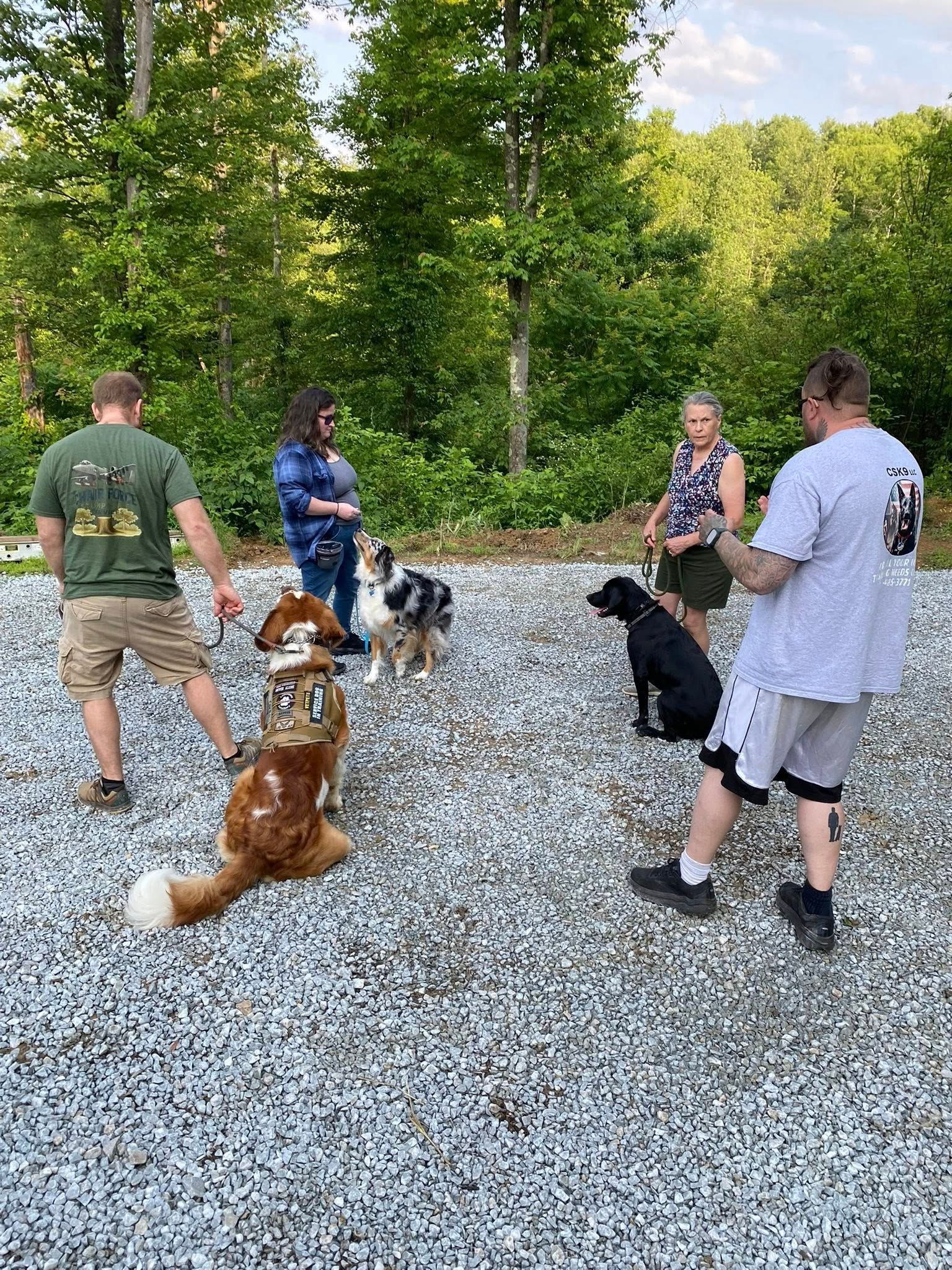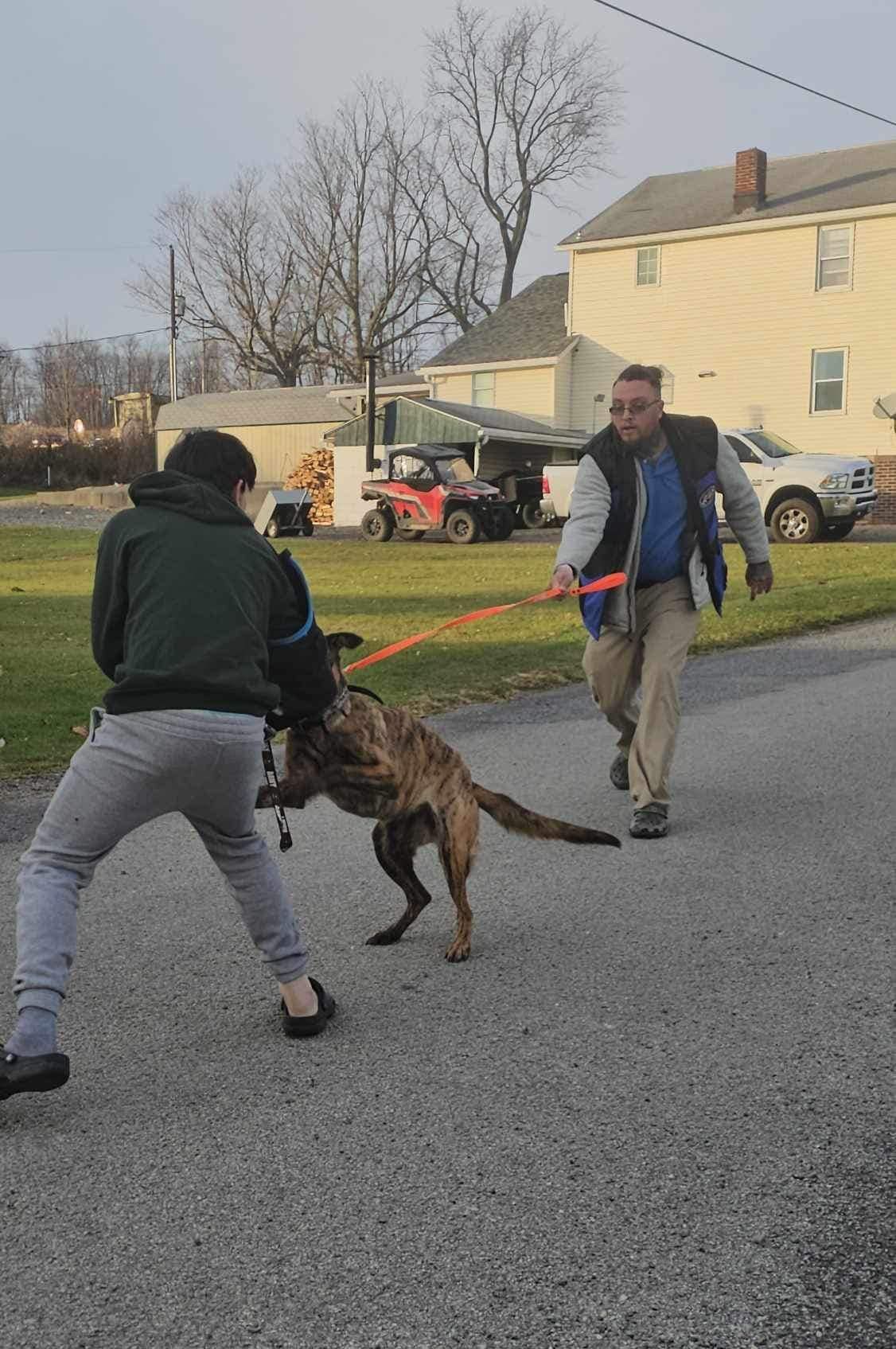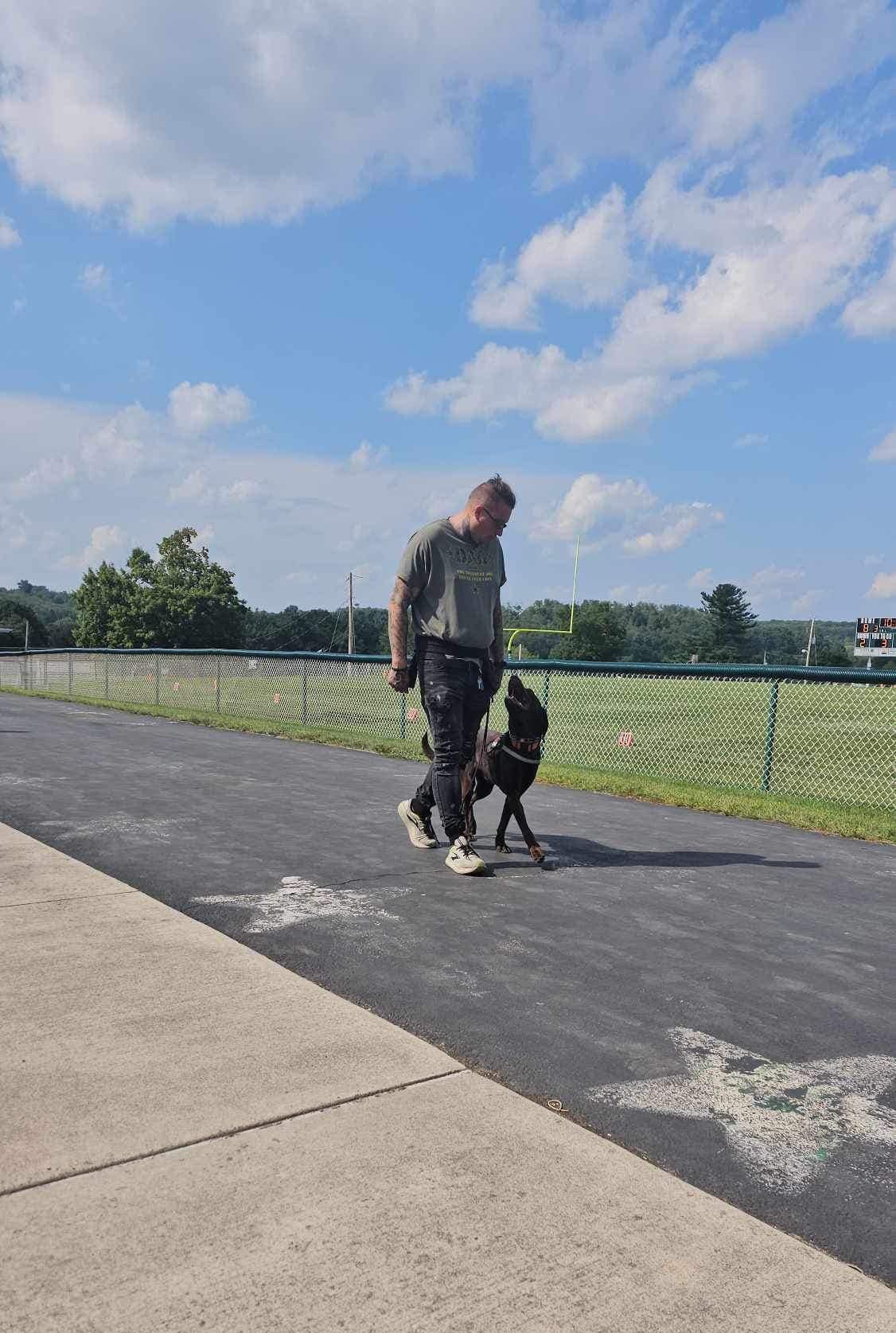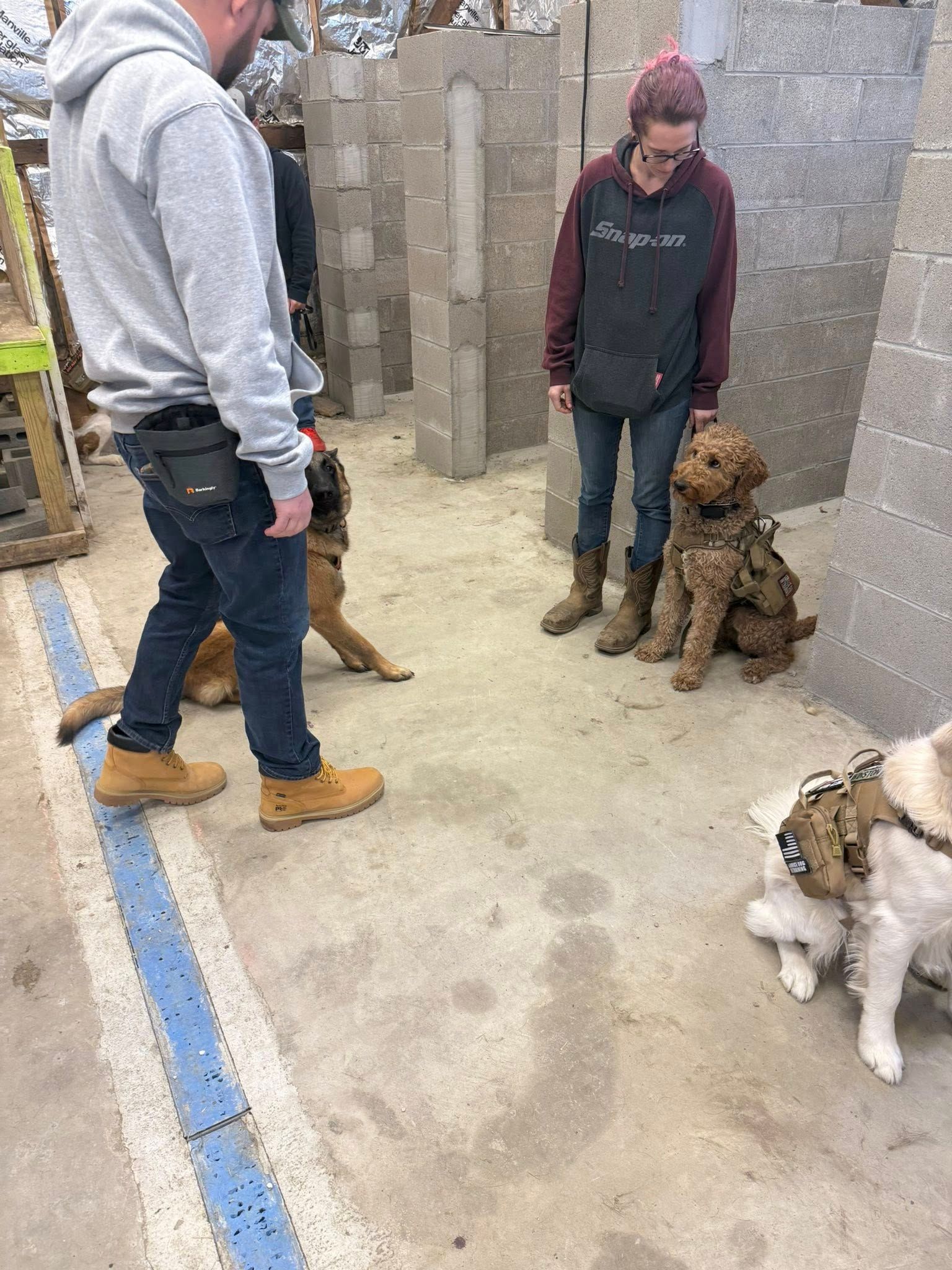Animal Tracking Training for Working Dogs in Western Pennsylvania
Animal Tracking Training for Working Dogs in Western Pennsylvania
Animal tracking represents one of the most specialized and challenging disciplines in canine training, requiring dogs to use their natural scenting abilities in highly refined ways. Working dogs trained in tracking provide invaluable services to Western Pennsylvania communities, from search and rescue operations to wildlife management and conservation efforts.
Understanding Scent Work and Tracking Fundamentals
Dogs possess approximately 300 million scent receptors compared to humans' 6 million, making them uniquely suited for tracking work. Their ability to distinguish individual scent particles, follow scent trails over various terrain, and work in different weather conditions makes them irreplaceable partners in tracking applications.
Tracking training builds upon dogs' natural hunting instincts while developing precise control and communication between handler and dog. Successful tracking dogs learn to follow specific scent trails while ignoring distracting odors, maintaining focus for extended periods across challenging terrain.
Types of Tracking Applications
Western Pennsylvania's diverse landscape provides ideal training grounds for various tracking specializations. Wildlife tracking dogs assist conservation officers and researchers in monitoring animal populations, locating injured wildlife, and supporting ecological studies throughout the region's forests and mountainous areas.
Search and rescue tracking involves following human scent trails to locate missing persons in wilderness areas. These dogs must distinguish fresh tracks from older scent trails while navigating complex terrain and working effectively with emergency response teams.
Foundation Training for Tracking Dogs
Tracking training begins with basic obedience foundation skills ensuring complete handler control. Dogs must respond reliably to directional commands, stay focused despite environmental distractions, and maintain steady work pace over extended tracking sessions.
Early tracking training uses simple, straight-line tracks with strong scent articles and clear rewards. As dogs demonstrate reliability, tracks become longer, older, and more complex, incorporating turns, cross-tracks, and varied terrain challenges that mirror real-world tracking scenarios.
Advanced Tracking Techniques and Challenges
Mature tracking dogs learn to work aged tracks, sometimes several hours or even days old. They develop skills to track across different surfaces including pavement, rocky terrain, water crossings, and dense vegetation while maintaining accurate scent discrimination.
Cross-contamination scenarios teach dogs to stay focused on their assigned track when encountering other animal or human scent trails. This precision becomes crucial in search and rescue situations where multiple people may have traversed the same area.
Equipment and Handler Training
Successful tracking requires specialized equipment including proper harnesses, long tracking lines, and weather-appropriate gear for both dog and handler. Handlers learn to read their dog's body language, understand scent behavior in different weather conditions, and work effectively as part of search teams.
GPS technology and mapping skills help handlers document track patterns, maintain search grid organization, and coordinate with other team members during extended search operations across Western Pennsylvania's vast wilderness areas.
Real-World Applications in Western Pennsylvania
Local law enforcement agencies utilize tracking dogs for missing person cases, evidence recovery, and criminal investigations. These dogs work closely with officers to follow suspect tracks, locate discarded evidence, and assist in rural crime investigations throughout the region.
Conservation efforts benefit from tracking dogs trained to locate specific wildlife species for research purposes, monitor endangered animal populations, and support habitat management programs across state forests and conservation areas.
Training Timeline and Commitment Requirements
Tracking dog training typically requires 12-18 months of consistent work to achieve reliable field performance. Dogs and handlers must practice regularly in various weather conditions and terrain types to maintain their skills and effectiveness.
The specialized nature of tracking work requires ongoing professional training support and certification maintenance. Handlers commit to regular training exercises, continuing education, and participation in search team activities throughout their dog's working career.
Professional Training and Evaluation
Tracking dog training demands experienced instructors who understand scent behavior, tracking theory, and field safety protocols. Proper evaluation ensures both dog and handler develop the skills necessary for reliable performance in actual search situations.
Interested in exploring tracking training opportunities for your working dog in Western Pennsylvania? Contact CSK9 at (814) 485-3771 to learn about our animal tracking programs and how we help develop skilled tracking teams that serve our communities through search, rescue, and conservation efforts.



